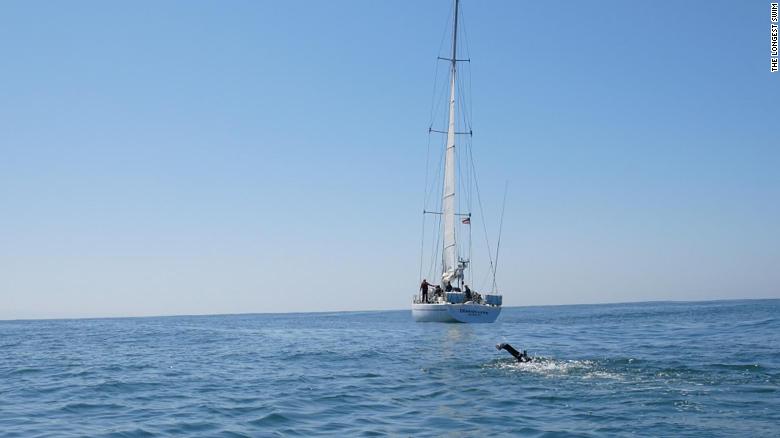
The teenage girl was headed
to California, and the man to Oregon. They weren’t supposed to be on the same
flight, but their chance encounter came to be widely known and celebrated.
The girl, Clara Daly, 15,
and her mother were traveling home to Calabasas, Calif., and had planned to fly
nonstop from Boston to Los Angeles. Their flight was canceled, so Alaska
Airlines booked them on another flight with a layover in Portland, Ore.
That’s how Clara ended up
meeting Tim Cook, 64, who is deaf and blind and wasn’t able to communicate
easily with the flight attendants.
“The flight attendants
sincerely wanted to assist him, but had no way to communicate,” another
passenger, Lynette Scribner, wrote on Facebook.
“ They took his hand and
tried so hard to communicate with him, to no avail.”
The attendants asked if
anyone onboard knew American Sign Language. Clara pressed the call button. She has been studying ASL for a year. She chose to learn ASL as a foreign language since she is dyslexic and it is easier for her to learn,
The attendants asked her to sign letters into Mr. Cook’s hand, so she knelt in front of him and began spelling out words.
The attendants asked her to sign letters into Mr. Cook’s hand, so she knelt in front of him and began spelling out words.
“How are you?” she asked.
“Are you O.K.?”
They chatted a few times
during the flight, once for about 30 minutes. She told him where she went to
school and about her grandmother in Boston. He told her about his childhood and
about his sister, who also lives in Boston.
“It seems like such a
lonely life to be deaf and blind — to not be able to see and hear,” Clara said
on Sunday.
 She is in the habit of
posting one positive thing on Facebook every day, so she wrote about the pair
and attached the picture.
She is in the habit of
posting one positive thing on Facebook every day, so she wrote about the pair
and attached the picture.
A friend asked her to make
the post public so it could be shared, and shared it was. As of Sunday
afternoon, Ms. Scribner’s post had been liked more than 1 million times and
shared nearly 600,000 times.
“I was just so struck by
Clara’s kindness,” Ms. Scribner said. “I think people were starving for
something beautiful.”
Clara agreed. “Everyone’s
all bummed out by what’s happening in our society,” she said, citing school
shootings, migrant families separated at the border and global warming. “It’s
just bad thing after bad thing.”
Mr. Cook lives in a
home for the deaf in a suburb of Portland, Oregon. He lost his
sight and hearing as an adult. He is completely shocked that so many people were interested in the story and “very moved” that
Clara took the time to come speak with him.






















